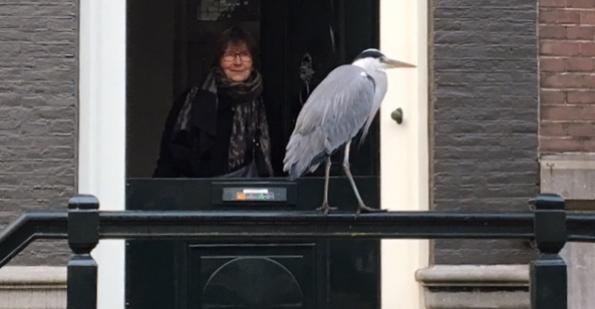
WILDPARK CITY
Helga Fassbinder


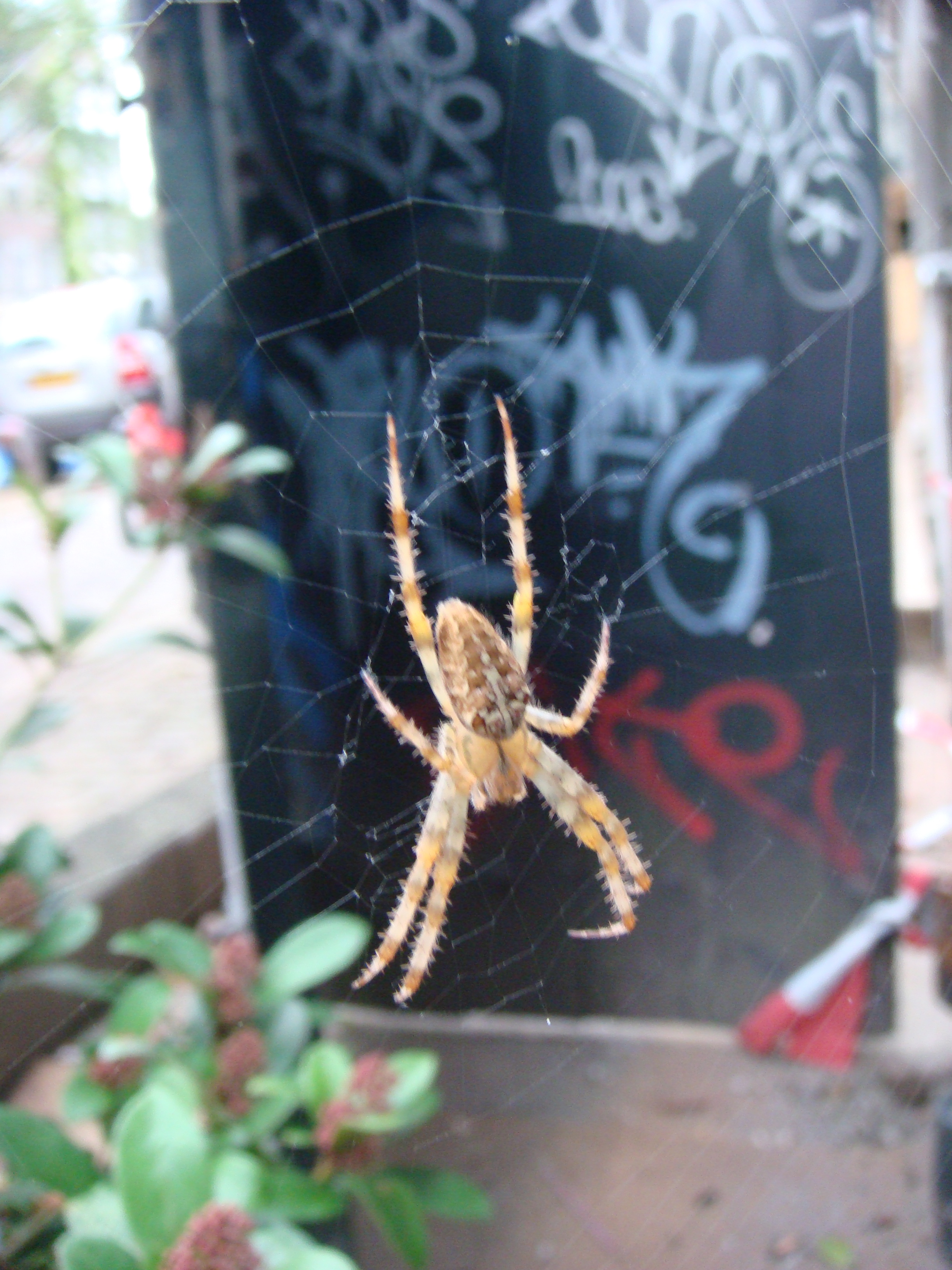
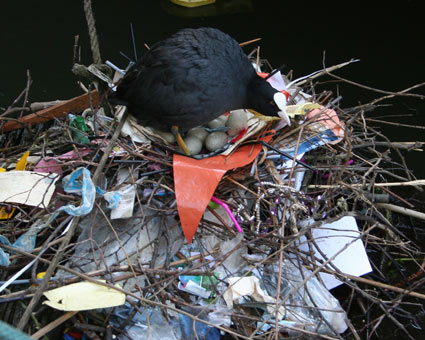

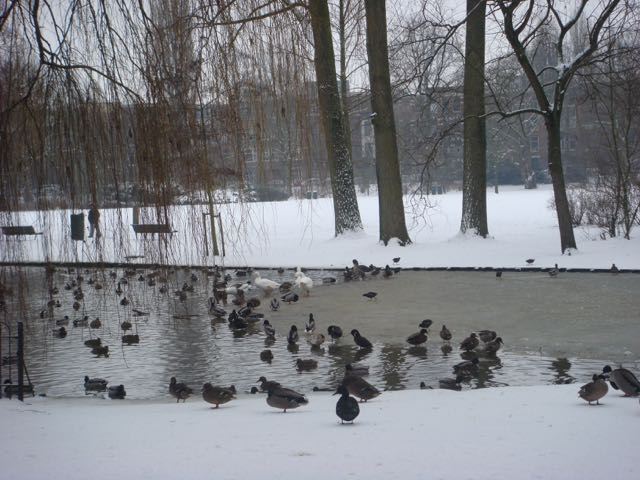
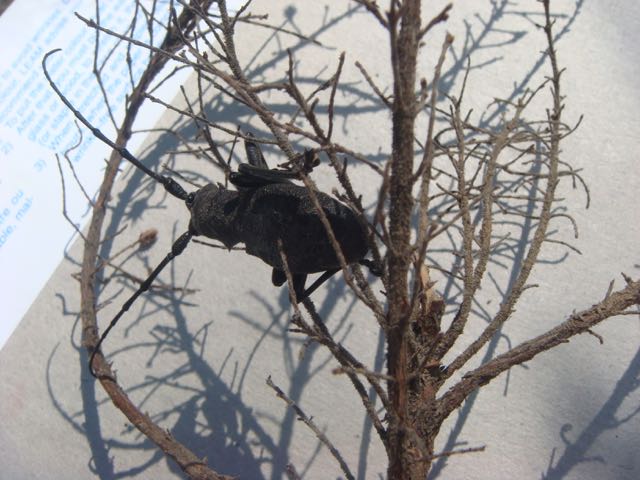

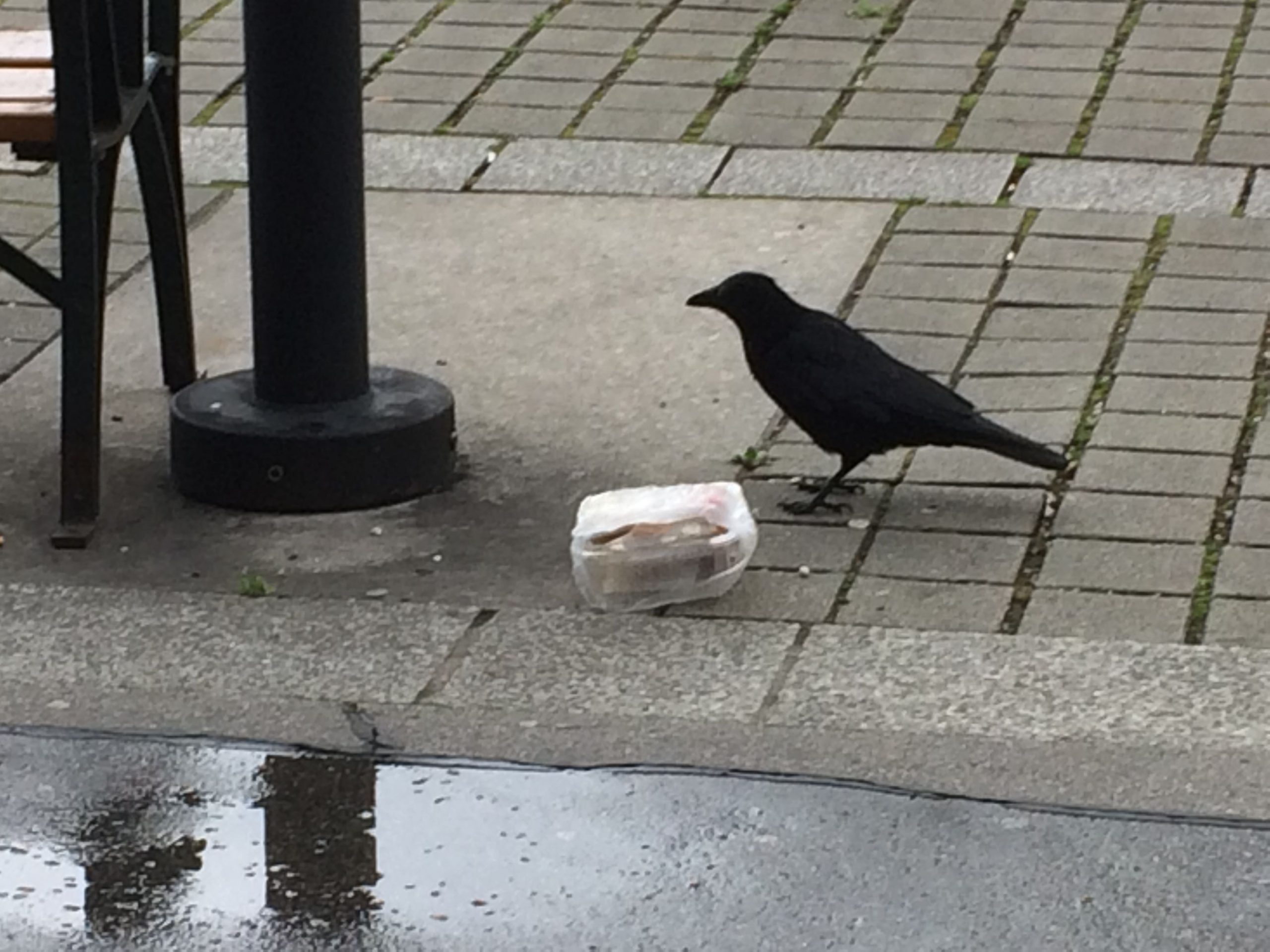
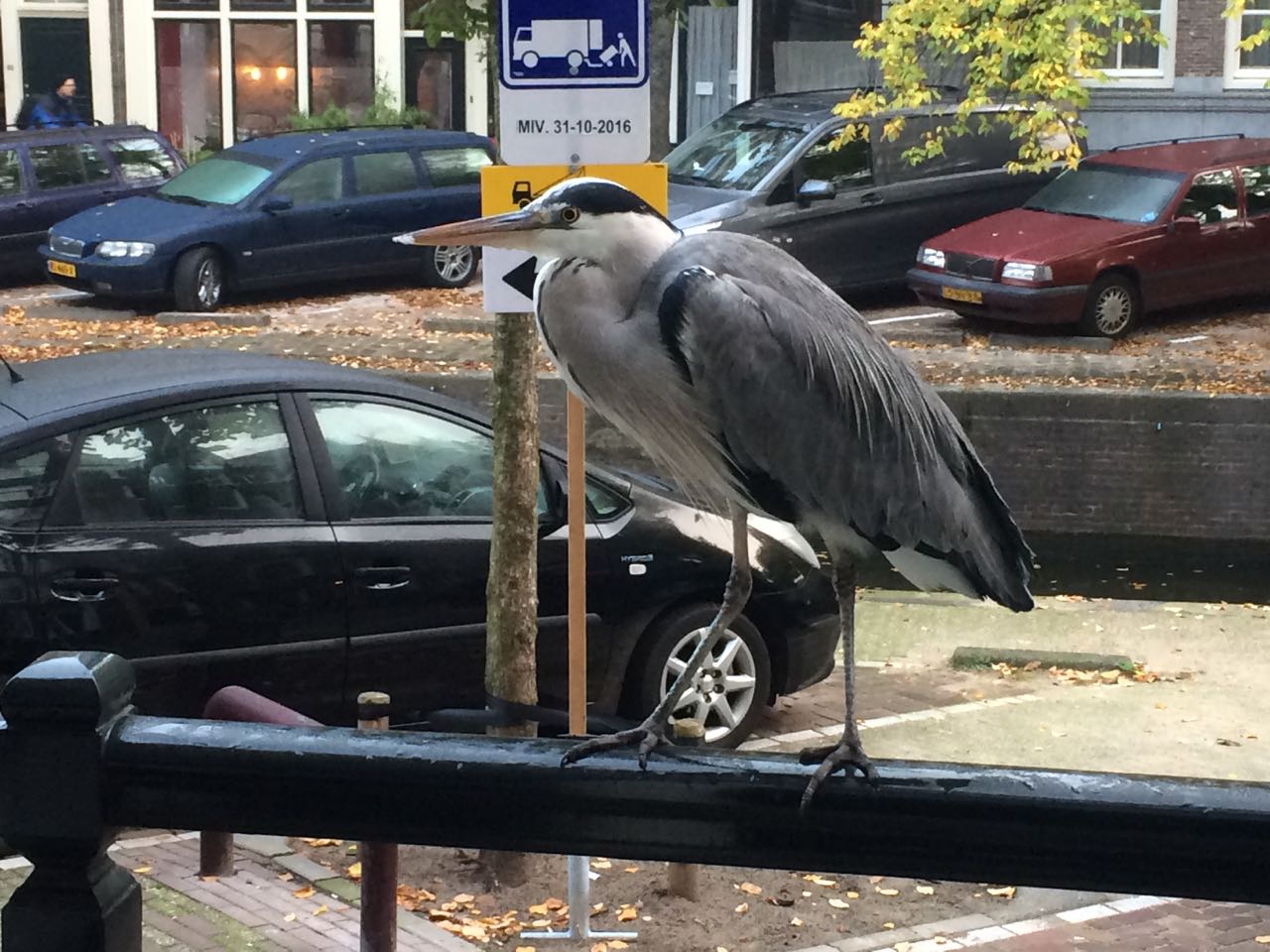
The formula “The City as Nature” asks for a definition how one understands by nature. Where to start? Where does it belong? The question is explosive, especially among biologists but also among ordinary people: when nature has to be saved: which one? The nature in the state of hundred years ago? Or should one go further back? Are trees allowed grow on the West Frisian islands which have not been there 100 years ago? What about the neophytes, the herbal exotics like the Himalayan Indian balsam, the princess feather (Persicaria orientalis, Polygonum orientale) or the giant parsnip (Heracleum mantegazzianum) or what about the animal invaders, the Egyptian goose (Alopochen aegyptiaca), the coon or others? And which role does man play in this concert who interferes so effectively in the nature? Also here the positions are very diverse. One can philosophize on very different ways about what man is: the crown of the Creation, who has the mission to turn the earth, that is nature to subject. Or a cancer that overgrows the earth and destroys the living space of such wonderful animals as the Siberian tiger and others and constructs his own ecosystem against nature. But one also can regard the vertebrate sort homo sapiens as one of the elements of the continuous process of change of the organic and anorganic life on earth.
From the last point of view the question does not raise as “how can we save the threatened nature and stop the expansion and appropriation of man”. But one asks:”how can we arrange and regulate the living space of man in such a way that he/she can spend his/her individual lifetime as good and healthy as possible, in an interplay with other forms of life.
Aus letzterer Haltung heraus stellt sich die Frage nicht als “Wie kann man die bedrohte Natur retten und die Expansion und Aneignung des Menschen stoppen”, sondern fragt man: “Wie können wir den Lebensraum des Menschen so einrichten und regulieren, dass er in einem Zusammenspiel mit anderen Arten von Leben so gut und gesund wie möglich die ihm als Individuum jeweils zugemessene Zeit verbringen kann”.
Mit dieser Frage sind wir beim Städtebau. Denn um 2050 werden mit allergrösster Wahrscheinlichkeit nach rund 10 Milliarden Menschen diesen Erdball bevölkern, von denen dann über 70% in Städten leben werden.
Doch was ist das, dieser städtische Lebensraum?
The Dutch biologist Jelle Reumer, director of the Natural History Museum in Rotterdam, calls it a wildlife park. He has written a book worth reading about this question, of which his only shortcoming is his title: he seems to limit his essay to Rotterdam. But this is not the case. At a large distance, embracing time and space, he treats the phenomenon ‘man’ and his relationship to a continuously changing nature comprehensively.
He starts his reflection with the observation that birds in the city don’t construct their nests with material that, in our idea, should be used for it : dry branches, leafs, feathers. He observes that they use for nest construction what they can find in the city: Plastic, wires, styrofoam – materials which partly render their service even better. Some years ago Sema Bekiroviç had made an impressive photo reportage about such nests: she took photos from the nest of bald coots (fulica atra) – BIOTOPE CITY JOURNAL published her photos back then. Jelle Reumer brings photos of the nest full of plastic(from) of an urban swan and crows nests interlaced with wire. No sign of expulsion of ‘nature’….
What man has created in the big city is quite obviously a new ecosystem, adequate to him, an ‘anthropogenic’ ecosystem. Certainly an ecosystem in which only a selection of the entire species of flora and fauna have settled, species which can handle the preconditions constructed by man. Thus not the tiger and the lynx, nor the crested lark and the bittern, but such species which regard the largely bare cities as rocky landscapes, where into they can extend their settlement. The rock pigeon has done this, also the sea gulls, the crows and others.
Knowledge raises by widening the field of vision, by regarding the problems from a larger distance – one recognizes the large relations by then. The book of Jelle Reumer is facinating by the large horizon where in he regards the world as we undergo it nowadays: He outlines a history of development of billions of years. What we have in our mind, in our inner world, as ‘nature’ is in reality a chain of constantly changing ecosystems. Among those also this now rapidly extending ecosystem ‘city’ will only be an intermezzo in the further billion of future years of the earth.
For flora and fauna having nested in (and further will nest in under changing climatic conditions) this ecosystem ‘city’ is wilderness in the same way as the wilderness outside of the city is and was. Some animals have followed man into its settlements already in early times: the dog, the house mouse, the sparrow, the cat. They have adapted. But also the new immigrants adapt – the blackbird, which I know in my childhood only as a wood bird, now is looking for insects and worms even among the roots of the trees on the Amsterdam canals. The formerly shy heron is hunting from the embankment of the canals: other sorts have specialized in our litter, so the crows and the urban pigeons are eating all our edible rests in the daytime leaving behind not much for the nightly rats….
But we also, as homo sapiens coming from the savanna, have so much adapted ourselves to this ecosystem city that Jelle Reumer speaks about the change of the homo sapiens to the homo urbanus – see his essay on BCJ ‘Homo urbanus – the Man of the Urban Future’. The homo urbanus exposed to the savanna would not survive for ten days, he says. Actually, research has shown that the the organs of sense of urban children fade away: they see worse, their capability to move and their sense of smell have been (decreasing) decreased compared with children only two generations earlier.
For nature it does not matter wether the changes are human made or caused by a natural process, a storm, a landslip or others. Qua impact there is no difference. With nature’s inexhaustible adaptability nature is not at risk. “Nature will react indifferently to any kind of intervention, without thinking, without formulating an opinion. It will react, simply because that is what it does. Whatever happens the basic processes don’ t change”. The location destroyed by our buildings and constructions measures still remains of nature, although in a changed form. Nevertheless our human intervention in the building of cities has consequences for the living conditions not only for flora and fauna but also for ourselves, the human originator and benefactor. This has to be researched.
For making understandable (what) the meaning of the city as a nature area, Reumer makes a comparison:
Along the west bank of the small river Rotte there is a small green area with a colony of cormorants. The trees on the patch of ground along the bank are literally overloaded with dozens of nests of these large black fish-eating birds (Phalacrocorax carbo). He writes: “The whole scene has an almost post-apocalyptic quality. The trees are dead or moribund and spectral white because of the cormorant droppings caked onto them in thick layers. Every form of undergrowth has disappeared. This is what it looks like when one animal species, in this case the cormorant, dominates a certain area: it fills the area with its nesting places and freely pollutes the whole environment, so that other species of animals and plants no longer feel at home and disappear.
Now please read the last paragraph again and replace the word ‘cormorant’ with ‘man’: This is what it looks like when one animal species, in this case man, dominates a certain area. This is the almost perfect definition of the city! A tightly packed accumulation of human nests, better known as buildings, with relatively little space for other species and usually quite polluted”.
An impressing comparison. A comparison which shows us what our problem is with our dense cities: we destroy the living conditions of many sorts and in the end also of ourselves. We want to stop this now not because of the alleged destruction of nature, but because of ourselves. “The city does not replace nature at all. It refuses to be displaced. Nature is a succession of ecosystems, and it’s therefore absurd to rate one ecosystem above another.” What we have to do is to save our own living conditions.
But how can we do that?
The alternative can not be the garden-city. The successful species of man increases in such an amount and with such an mass flux to the cities that a ‘back to nature’ in the sense of rural life would be only a romantic, unworldly answer. Man mutating from homo sapiens to homo urbanus has to develop a modus vivendi in the dense cities which guarantees a survival for him together with a rich flora and fauna. He has to find the modus of a win-win-situation: the dense and at the same time green city, the Biotope City! The application of sustainable building material free from emissions, the creation of water courses, trees along the streets wherever possible, if necessary shrubbery, green roofs, green façades, pocket parks, mini gardens on traffic islands and all rests of open spaces and last not least flower tubs on windows and balconies for the bees. All this is not only visually beautiful but also a guarantee for good air, endurable climate and humidity, less water drain to the sewage water system – and not to forget a more balanced emotional state of the citizens. And a rich flora and fauna have their benefits as well, like we have. Architecture and urban planning begin slowly to get ready for this, slowly but nevertheless, it has started…
Jelle Reumer, Wilflife in Rotterdam – Nature in the City. Naturhistorisches Museum Rotterdam ISBN 978-90-7342-400-5
Photos: Sema Bekiroviç, Helga Fassbinder, Anneloes Groot, Sabine Schütte
